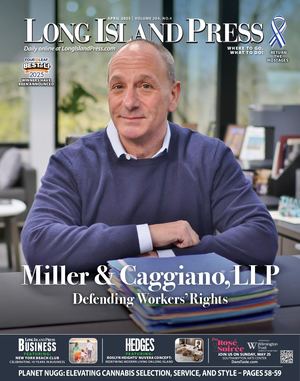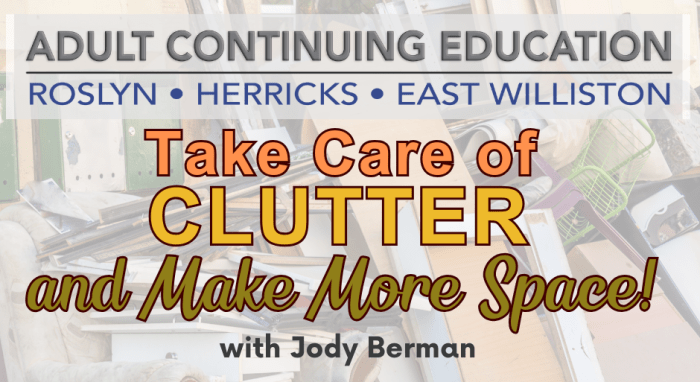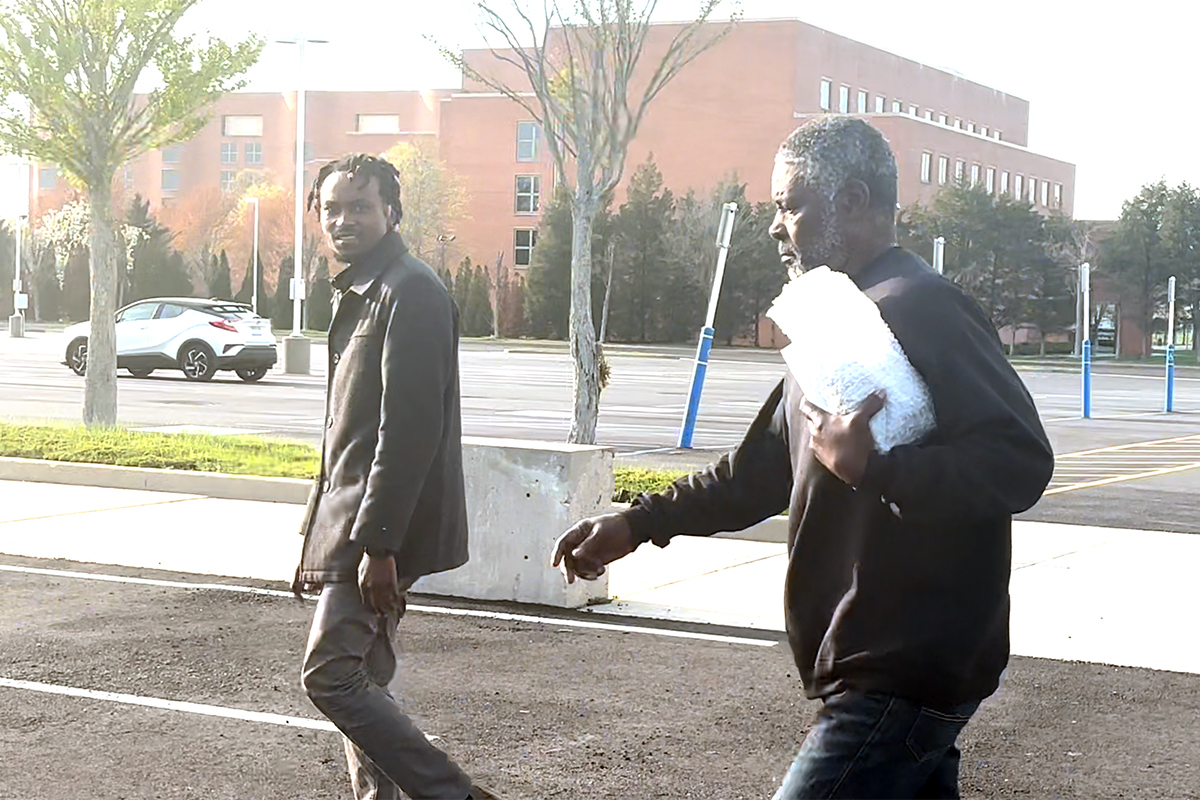New York’s older adult population continues to grow, making reliable housing and care options more crucial than ever. Recent headlines about a financially troubled retirement community can easily overshadow the many well-run, stable
Life Plan Communities (also known as Continuing Care Retirement Communities) in our state. With over three decades of experience in senior living, I’ve found that a few practical steps that can help ensure you’re investing in the right community.
1. Start with Financial Indicators
When inquiring with a community, ask about their occupancy rates, operational reserves, debt coverage ratios, and days cash on hand. These are important measures of a community’s fiscal stability. High occupancy of 90% or more suggests that a community has a positive outlook. An investment-grade rating from a reputable agency such as Fitch is a strong sign that a community has demonstrated responsible financial stewardship and can meet its obligations well into the future.
Such ratings are awarded after a thorough third-party review of factors like debt levels, cash flow, and operational performance, providing older adults and their families added assurance that the community is positioned for long-term success.
2. Understand the Contract Model
Many Life Plan Communities use an entrance fee model, where new residents pay a one-time fee in exchange for future care and residency guarantees.
Depending on the contract, a portion of this fee may be refundable if the resident moves out or passes away. Some communities offer an equity-based model which allows residents to purchase a share in their home. It’s crucial to ask detailed questions about what the entrance fee or purchase price covers and how refunds are handled so you can match the contract to your financial goals.
3. Look for Quality Benchmarks
Financial stability is only part of the picture when assessing a Life Plan Community. Ask about quality measures such as staffing levels and clinical outcomes, key factors that reflect how effectively a community supports residents’ health and well-being.
Data from sources like the Centers for Medicare & Medicaid Services and other independent evaluations can offer valuable insight into the community’s performance. In addition, inquire about wellness programs, social activities, and cultural events, to seek out communities that prioritize a holistic approach.
4. Seek Out Resident Perspectives
A brochure can highlight amenities, but talking directly with people who live there offers a more authentic view. Speak with residents and ask how the community addresses concerns, whether staff members are responsive, and if day-to-day experiences match what was promised. Residents’ firsthand feedback can give you a real snapshot of community life.
5. Look for a History of Stability
One of the strongest indicators of reliability is how a Life Plan Community has managed changes in the senior living landscape over time. A community that has been in operation for decades often has well-established leadership and processes to adapt to evolving regulations and economic shifts. This long-term track record of meeting financial obligations and resident needs can speak volumes about its viability for the future.
Yes, alarming stories about a struggling community can spark doubt. But with careful research (verifying financial metrics, understanding contract types, reviewing independent ratings, and talking to current residents), you can find a community that safeguards your retirement and offers a secure, fulfilling lifestyle right here in New York.
Robert J. Syron is the president and CEO of Peconic Landing, a not-for-profit Life Plan Community in Greenport.

































